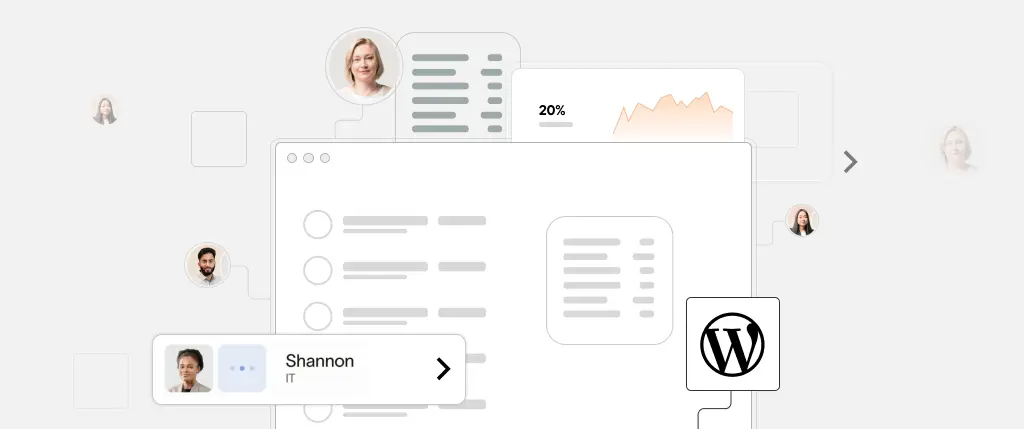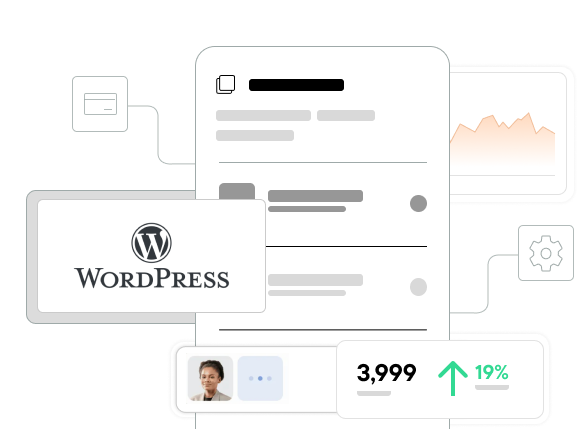Real-time content previews are a key part of the editorial experience in WordPress. But in headless WordPress setups – where the frontend is decoupled – replicating the native preview functionality requires extra engineering.
In traditional WordPress, clicking “Preview” instantly loads the draft using the PHP theme. In a headless architecture (with Next.js, Nuxt, or Gatsby), your frontend lives elsewhere. It doesn’t automatically know about unpublished content.
This article covers:
- ✅ How real-time content previews work in headless WordPress
- 🔐 How to securely pass preview tokens between backend and frontend
- 🚀 Frontend code examples (Next.js)
- ✅ Best practices for security and performance
- ⚙️ How Sitebox simplifies the whole process
What Is Headless WordPress?
Headless WordPress separates the frontend and backend. WordPress handles content and admin functionality. A JavaScript framework (like React, Vue, or Svelte) powers the frontend, fetching content via REST API or GraphQL.
This gives developers full control over the frontend – but it breaks features like the native “Preview” button.
Why Are Previews Challenging in Headless?
In classic WordPress:
- Clicking Preview renders the draft with PHP
- Drafts live server-side and load instantly
In headless WordPress:
- The frontend doesn’t know about unpublished drafts
- It requires secure, authenticated API access
- You must implement a preview mode to simulate content before it’s published
How Real-Time Content Previews Work
To simulate previews in a headless environment:
- WordPress generates a preview link with a secure token
- Clicking the link sends the user to the frontend with the token as a query param
- The frontend switches into preview mode
- It fetches the draft content from WordPress via API
- The draft is rendered — in real time, even though it’s not live
Generating Preview Links in WordPress
Use a filter to inject preview tokens into your URLs:
add_filter('preview_post_link', function($link, $post) {
$secret = 'my-secret-token';
return home_url("/api/preview?secret={$secret}&id={$post->ID}");
}, 10, 2);🔐 Use a random, environment-specific token stored in your .env file, not hardcoded.
Preview Mode on the Frontend (Next.js Example)
Create a preview route:
// pages/api/preview.js
export default async function handler(req, res) {
const { secret, id } = req.query;
if (secret !== process.env.PREVIEW_SECRET) {
return res.status(401).json({ message: 'Invalid token' });
}
res.setPreviewData({ postId: id });
res.writeHead(307, { Location: `/posts/${id}` });
res.end();
}Then in your page component:
- Use
getStaticPropsorgetServerSideProps - Check for
context.preview - Fetch draft content if in preview mode
Fetching Draft Content via API
REST API Example:
curl --user "editor:app-password" \
https://yourdomain.com/wp-json/wp/v2/posts/123?context=editJavaScript Fetch Example:
fetch(`https://yourdomain.com/wp-json/wp/v2/posts/${id}?context=edit`, {
headers: {
Authorization: `Basic ${btoa('editor:app-password')}`
}
});WPGraphQL Preview Example:
query PreviewPost($id: ID!) {
post(id: $id, idType: DATABASE_ID, asPreview: true) {
title
content
status
}
}Use asPreview: true to fetch the latest draft.
Best Practices for Real-Time Previews
1. 🔐 Secure Preview Routes
Use secret tokens to authenticate preview links. Never expose unauthenticated preview endpoints.
2. ⏱ Set Token Expiry
Tokens should expire within 5–15 minutes. Consider using JWTs with built-in expiration.
3. 🚫 Avoid Caching Drafts
Bypass Cloudflare, Varnish, or any CDN for preview mode to ensure up-to-date drafts render instantly.
4. 👥 Role-Based Access
Limit preview access to authors, editors, or users with edit_posts capability in WordPress.
5. 📣 Show Preview UI
Clearly show users when they’re in preview mode with a banner or badge. Provide an “Exit Preview” button to restore normal mode.
Conclusion
Real-time content previews are essential for editorial workflows, especially in enterprise and marketing websites. While traditional WordPress handles this automatically, headless setups require thoughtful engineering.
When implemented correctly, real-time previews:
- Improve the editor experience
- Reduce publishing errors
- Support fast, decoupled frontends
But it’s not trivial — you’ll need to handle token security, API auth, frontend routing, and preview state carefully.
How Sitebox Simplifies Real-Time Content Previews
Sitebox makes real-time previews effortless:
✅ Auto-Generated Tokens: Secure preview links tied to user roles and post types
✅ Live Preview Rendering: No rebuilds, just fast previews
✅ Framework Support: Out-of-the-box compatibility with Next.js, Nuxt, and others
✅ API Management: Handles both REST and GraphQL, with caching rules built-in
✅ Editor UX: Adds visual indicators and exits for preview mode
Whether you’re building a static site or full enterprise CMS, Sitebox brings real-time content previews to your headless WordPress stack with zero friction.
👉 Ready to bring real-time previews to your headless setup? Try Sitebox and empower your editors today.



